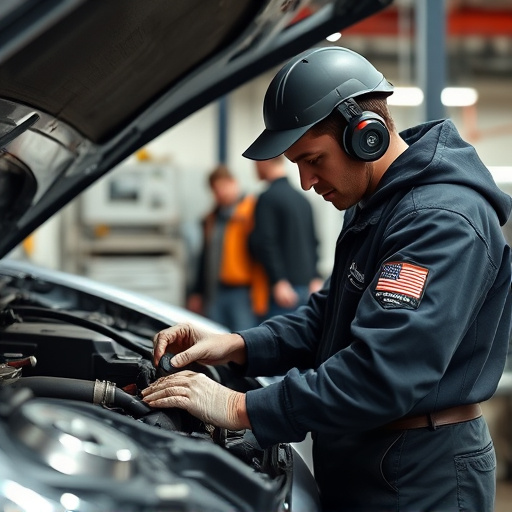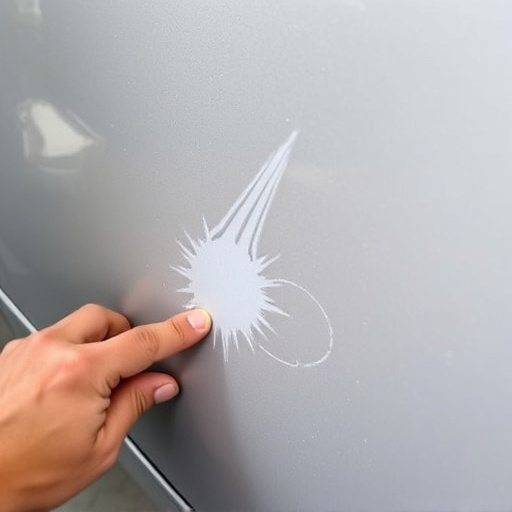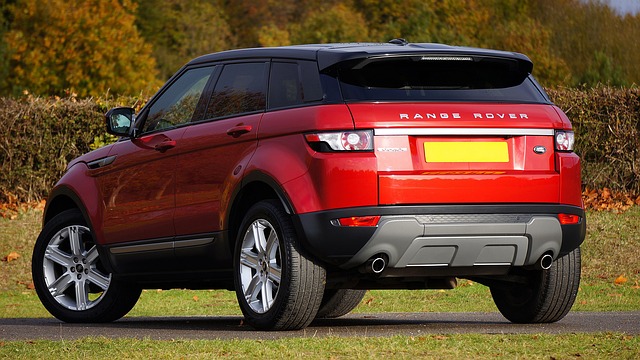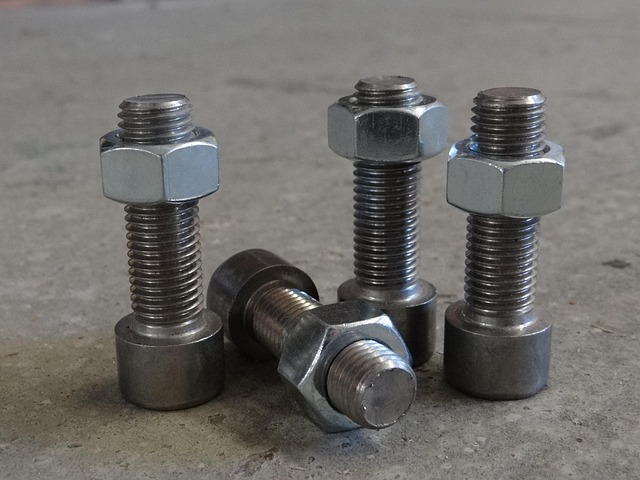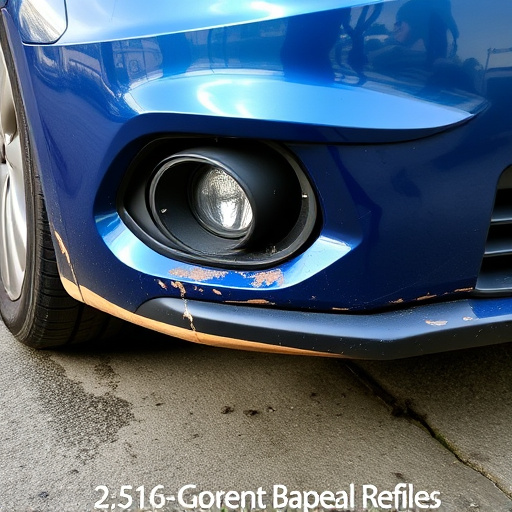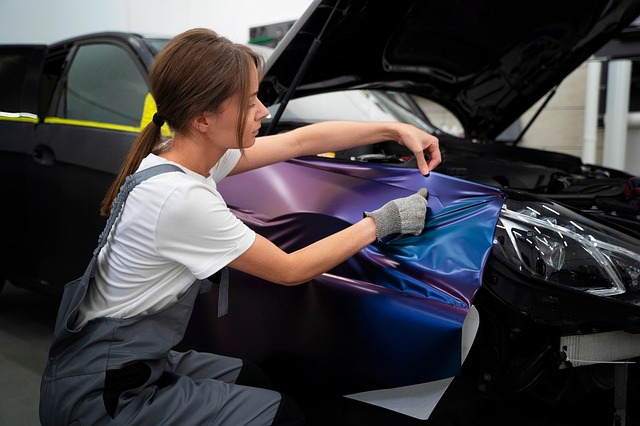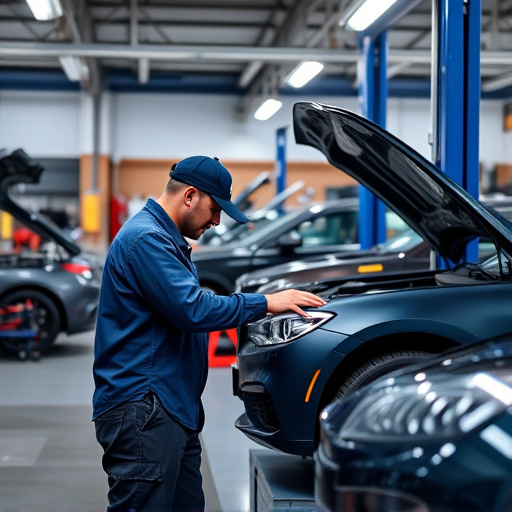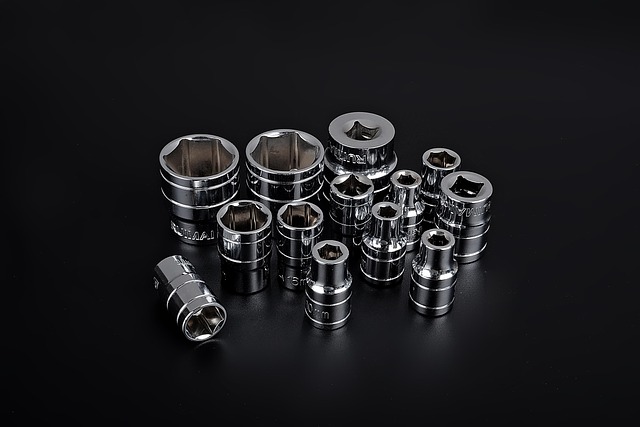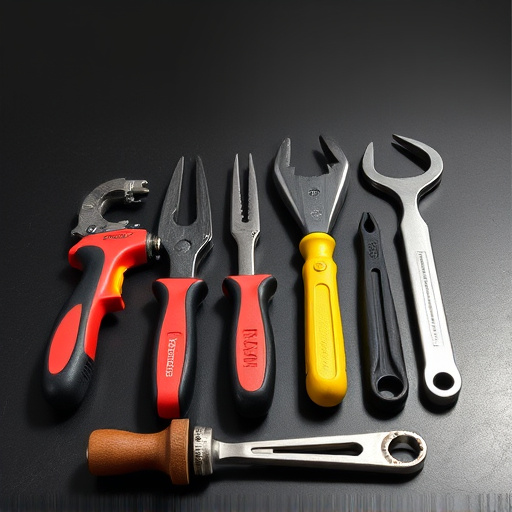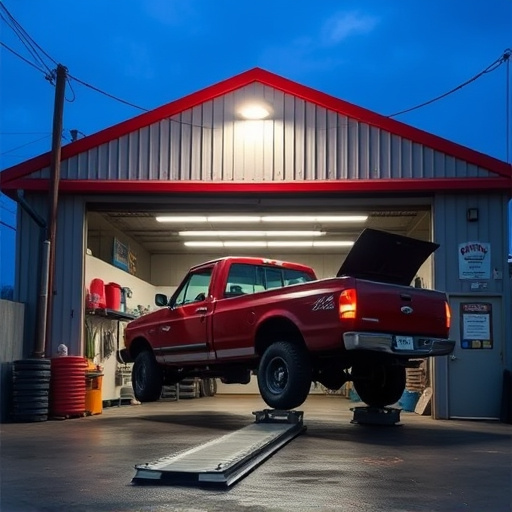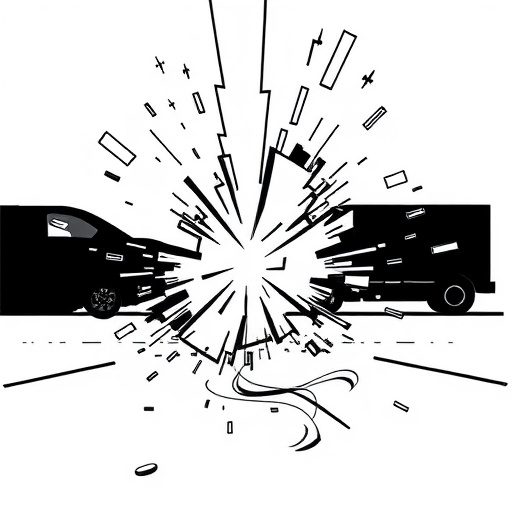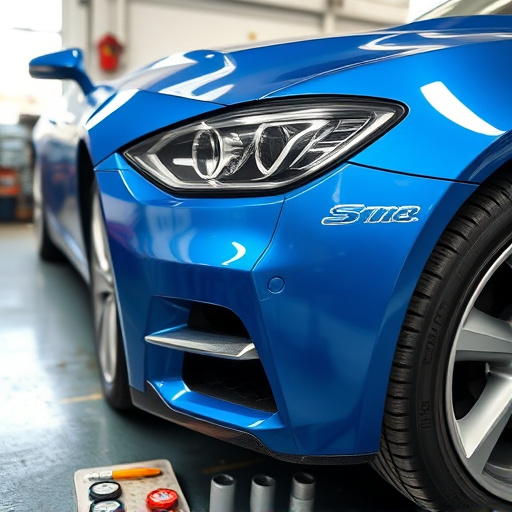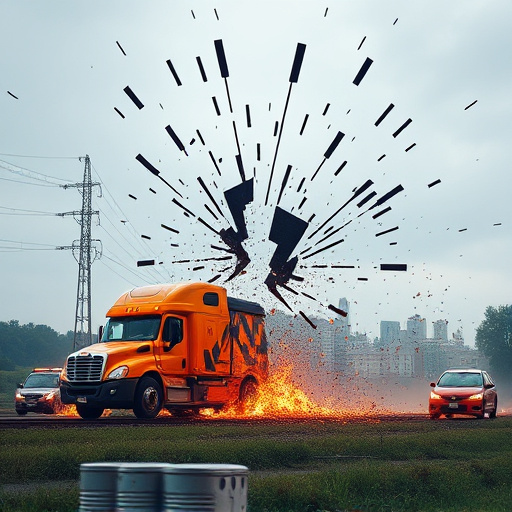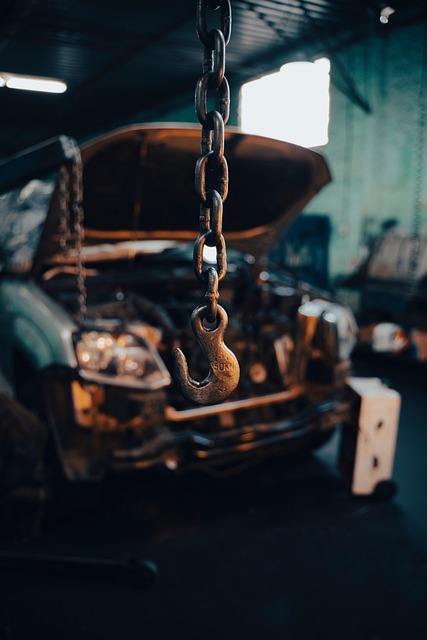The methods for major dent repair have transformed from manual, error-prone techniques to advanced technological innovations. Today, computer-aided design and robotic systems ensure precise auto body painting. Timely intervention is crucial to prevent further damage and maintain vehicle aesthetics. By understanding the step-by-step process, car owners can effectively address minor dents, saving time and costs while preserving their vehicle's look. Despite early limitations with tools like hammers and putty knives, these foundational techniques have evolved into a highly sophisticated major dent repair industry.
The landscape of major dent repair has evolved significantly, driven by technological advancements that promise to revolutionize the industry. This article explores the evolution of traditional dent repair techniques, highlighting their limitations and the early tools once relied upon. We then delve into emerging technologies transforming the sector, focusing on 3D printing, laser technology, and AI-driven diagnostic tools. Finally, we gaze into the future, considering trends like augmented reality, smart materials, online consultations, and eco-friendly options that may shape major dent repair going forward.
- The Evolution of Traditional Dent Repair Techniques
- – A look back at conventional methods and their limitations
- – Early tools and materials used in dent repair
The Evolution of Traditional Dent Repair Techniques
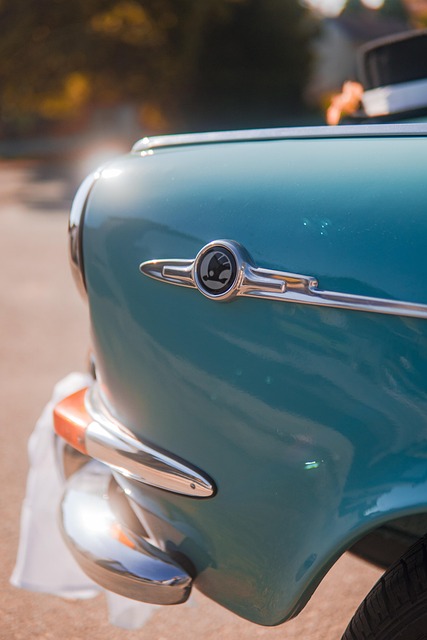
The methods used for major dent repair have undergone a remarkable transformation over time. Traditionally, auto body repairs involved manual labor and time-consuming techniques. Skilled technicians would meticulously use hand tools to pry out and reshape dents, often requiring multiple sessions to achieve a seamless finish. This process was not only laborious but also left room for human error.
With advancements in technology, the landscape of major dent repair has drastically changed. Modern techniques now incorporate advanced machinery and innovative materials, revolutionizing the entire auto bodywork process. These developments have not only sped up repairs but also enhanced accuracy and the overall quality of vehicle collision repair. Auto body painting, once a time-consuming and intricate task, is now supported by computer-aided design and robotic systems, ensuring consistent and precise results.
– A look back at conventional methods and their limitations
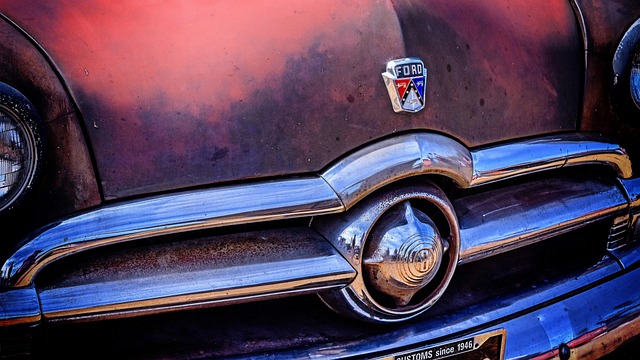
– Early tools and materials used in dent repair
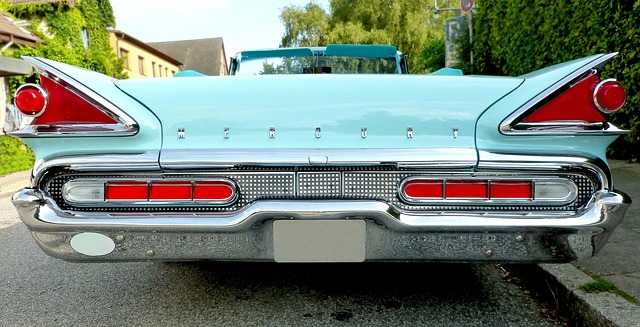
In the early days of automotive repair, dent repair was a labor-intensive process, often involving rudimentary tools and materials. Before advanced technology and modern vehicle body shop practices, technicians relied on basic hand tools such as hammers, flat bars, and putty knives to manipulate and straighten damaged panels. Filling and painting techniques were relatively primitive, with putty being the primary material for repairing dents, followed by a time-consuming process of sanding and repainting.
These early methods, while effective to some extent, had limitations in terms of precision and efficiency. Car body restoration techniques were often imprecise, leading to visible repair marks and imperfections on the vehicle’s surface. The lack of specialized equipment and automated processes made it challenging for car bodywork services to achieve seamless and perfect repairs. However, these early efforts laid the foundation for the significant advancements that have transformed the major dent repair industry today.
As we’ve explored, the field of major dent repair has undergone a remarkable evolution, leaving behind traditional techniques in favor of advanced methods. From the humble beginnings of conventional tools and materials, we’ve witnessed a revolution in dent repair, driven by technological innovations. These advancements promise faster, more efficient, and aesthetically superior repairs, reshaping the way we address automotive cosmetic issues. As technology continues to march forward, the future of major dent repair looks brighter, offering quicker turnarounds and enhanced results for all.
